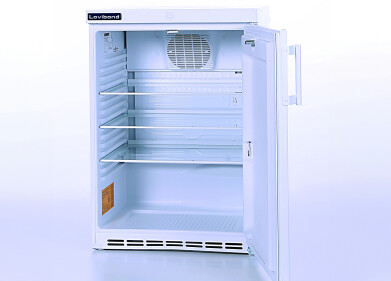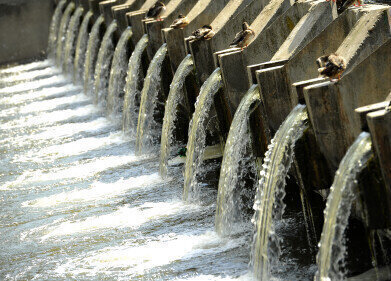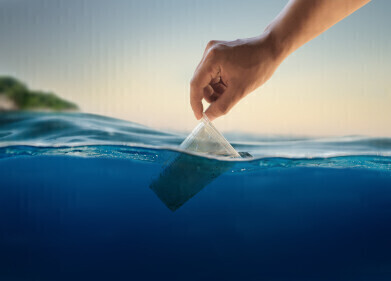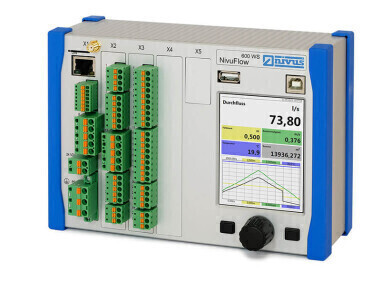Drinking Water
How is Ocean Waste Tricking Seabirds?
Apr 16 2017
When our waste ends up in the ocean, it’s more than just unsightly. Plastic waste poses a serious problem for wildlife, causing a variety of problems. As well as potential suffocation, plastic waste can be poisonous to seabirds who often digest the materials. But a recent discovery has revealed that the situation might actually be far worse. Read on to see how ocean waste is tricking seabirds.
Chemical attraction
It’s bad enough having toxic plastic waste in the ocean, but now researchers have discovered that birds are being attracted to the plastics. How? They give off a chemical that certain species of seabird normally use to locate their food. Prions, shearwaters and petrels are the birds in question, who are thought to be lead astray by the chemicals and eating harmful plastics as a result.
So how does it happen? It’s all to do with the dirt accumulation. Researchers put small pieces of three different common plastics into the ocean. Two weeks later, the clean plastic had become covered in grime and bacteria which then emit dimethyl sulphide. This is a strong-smelling gas, which is identical to that given off by phytoplankton – the food of choice for prions, shearwaters and petrels.
Dangerous dinner time
Birds that are more reliant on the smell of dimethyl sulphide are naturally more likely to ingest the plastic. But, according to the researchers, any other marine species that feed on plankton are potentially at risk of being fooled. Once it’s been ingested, plastic can puncture the internal organs of seabirds. It can even become consumed in such volumes that it fills their guts as it cannot be digested properly. Either way, it’s making the situation even worse for seabirds, which have seen a population decline of over two thirds in the 60 years between 1950 and 2010.
How can we measure water pollution?
Water pollution doesn’t end at plastic. There are far smaller pollutants in the water, which can make it difficult to supply drinking water within the required regulations. Iron levels, for instance, have to be within 0.2mg/L Fe for EU regulations, and 0.3 mg/l for EPA limits. But how can this be measured? ‘Sensitive determination of iron in drinking water, mineral water, groundwater, and spring water using rapid photometric tests’ explores how photometric testing provides a quick and highly sensitive method of analysis that enables accurate determination of chemical concentrations in water.
Digital Edition
AET 28.4 Oct/Nov 2024
November 2024
Gas Detection - Go from lagging to leading: why investment in gas detection makes sense Air Monitoring - Swirl and vortex meters will aid green hydrogen production - Beyond the Stack: Emi...
View all digital editions
Events
Jan 20 2025 San Diego, CA, USA
Carrefour des Gestions Locales de L'eau
Jan 22 2025 Rennes, France
Safety, Health & Wellbeing LIVE
Jan 22 2025 Manchester, UK
Jan 25 2025 San Diego, CA, USA
Jan 29 2025 Tokyo, Japan



















